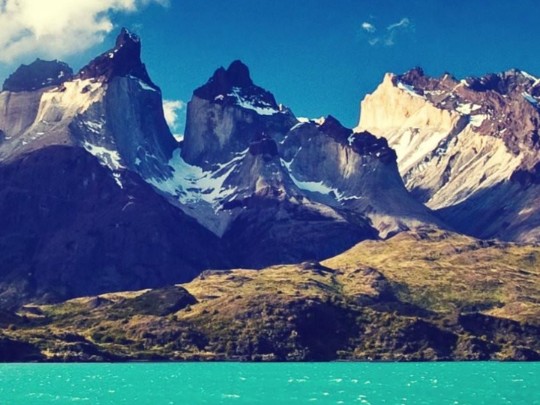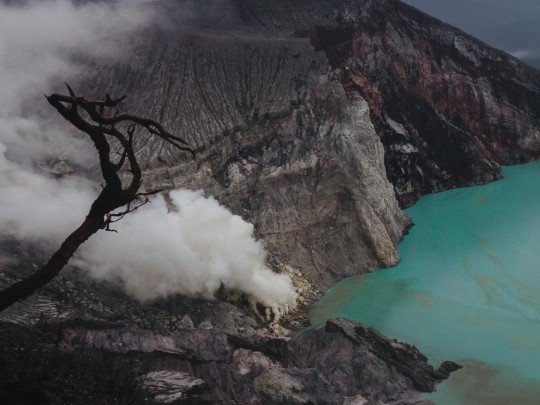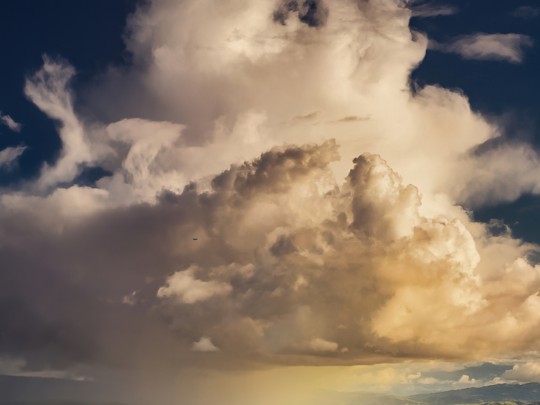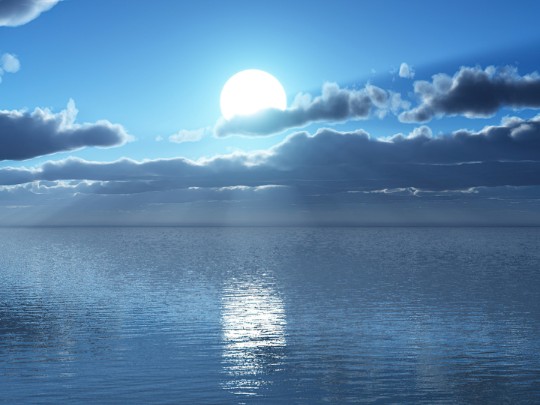Turquoise Dreams: Exploring the Breathtaking Where Mountains Meet Water

There's a certain magic that unfolds when towering mountains gracefully descend to embrace pristine, turquoise waters. It's a visual symphony, a harmonious blend of earth and sky, and a scene that truly captures the soul. From the iconic Swiss Alps mirrored in ancient lakes to the dramatic fjords of Norway, these encounters are nothing short of unforgettable.
Imagine the journey: trekking through rugged terrain, the invigorating scent of pine filling your lungs, and then suddenly emerging onto a vista of dazzling turquoise. It's a moment that etches itself into your memory. Think of the breathtaking Lago Louise in Canada, its mesmerizing turquoise hue a result of glacial flour, or perhaps you're discovering hidden lagoons nestled amongst the mountains of Greece. The contrast is simply stunning; the colors are vibrant, and the experience is utterly transformative.
A Global Phenomenon: Turquoise Waters in Unexpected Places
This phenomenon isn't confined to a single region. It's a global treasure, appearing in diverse landscapes around the world. Consider:
- Switzerland: The Swiss Alps, with their glacial lakes reflecting the surrounding peaks, offer a quintessential turquoise experience. Lake Oeschinen, with its crystal-clear waters and dramatic mountain backdrop, is a prime example.
- Norway: The Norwegian fjords, carved by glaciers over millennia, are renowned for their deep blue waters that often take on a turquoise shimmer, especially when sunlight dances on the surface.
- Canada: Beyond Lake Louise, other Canadian lakes like Moraine Lake in Banff National Park boast incredible turquoise hues, thanks to glacial sediment.
- Greece: The Greek islands, particularly those with volcanic origins, often feature hidden lagoons and bays with remarkably turquoise waters, framed by rugged mountains.
- New Zealand: The South Island of New Zealand is dotted with glacial lakes, such as Lake Tekapo and Lake Pukaki, which showcase stunning turquoise shades.
The Science Behind the Color
The captivating turquoise color isn't just a matter of chance. It's largely due to the presence of 'glacial flour' – finely ground rock particles suspended in the water. These particles scatter blue light more effectively than other colors, creating the characteristic turquoise hue. The clarity of the water also plays a crucial role, allowing the light to penetrate and reflect off the suspended particles.
More Than Just a View: An Invitation to Adventure
Exploring these mountain-water paradises is more than just witnessing a beautiful view; it's an invitation to adventure. Hiking trails wind along the shores, offering panoramic perspectives. Kayaking and canoeing provide a unique way to immerse yourself in the turquoise waters. And simply sitting by the lake, breathing in the fresh mountain air, is a rejuvenating experience in itself.
So, are you ready to embark on a journey to discover these breathtaking landscapes where mountains meet turquoise? The world is waiting to reveal its hidden gems.






